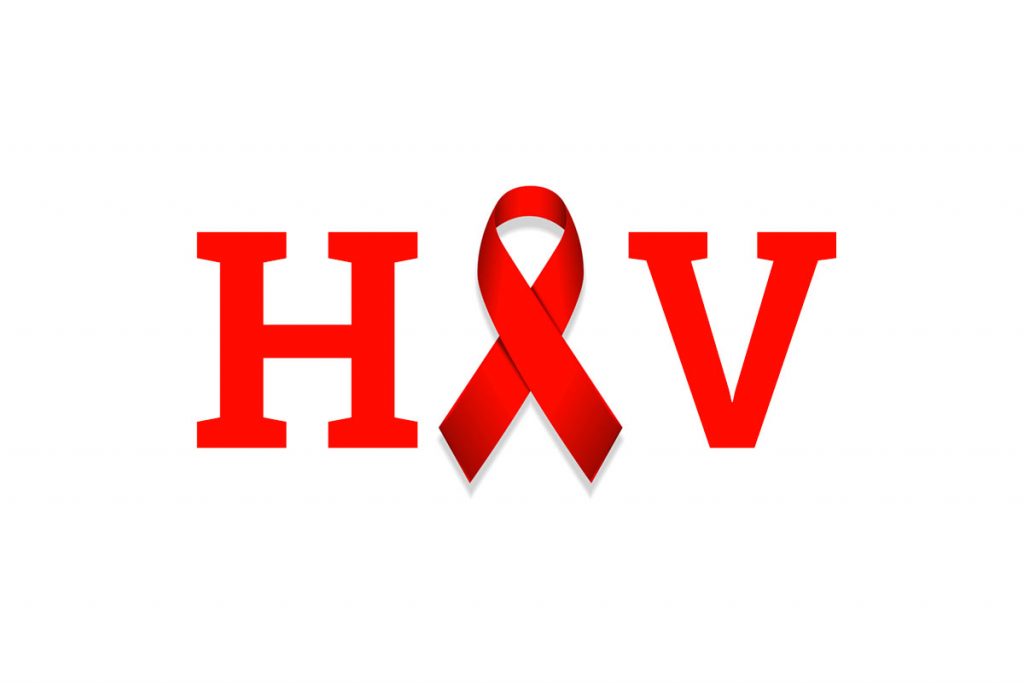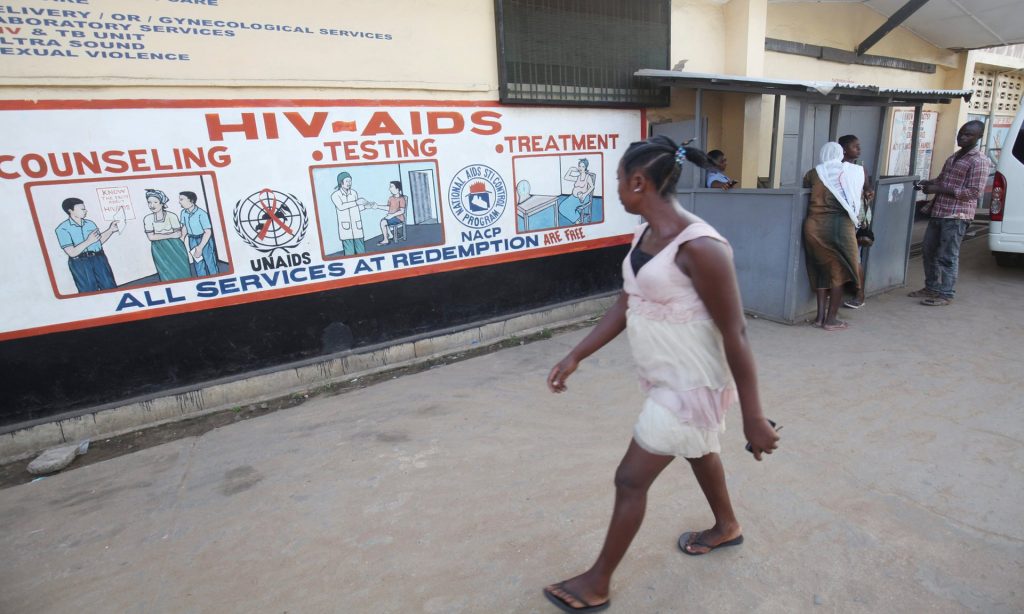
The stigma faced by people with HIV in Swaziland (eSwatini) continues to be widespread with a particularly damning effect upon women and girls, according to a submission to a United Nations group’s investigation into human rights in the kingdom.
‘It can affect the number of women and girls seeking treatment,’ the Birmingham City University, School of Law (UK), said in a written submission to the UN Universal Periodic Review of Swaziland.
It added, Swaziland had ‘particularly deep-rooted gender roles and cultural norms, which often lead to negative consequences for women and girls, including in the context of HIV’.
It reported Swaziland had the highest rate of HIV across the world. It was estimated that around 200,000 adults and children were living with HIV – about 17.4 per cent of the kingdom’s total population.
While the number of people currently living with HIV was still steadily increasing, the number of new infections was decreasing. There were several reasons for this, including a rise in the general population, and an expansion of access to antiretrovirals (HIV medication) in Swaziland, meaning that more people infected with HIV were living longer lives.
Around 95 per cent of those infected with HIV could access antiretrovirals. ‘However, there is still much work to be done in eSwatini, particularly in terms of women and girls, as over 60 per cent of those aged over 15 and living with HIV are women. This is a particularly sensitive issue, as women in Eswatini are often considered to be “subordinate to men,” with gender inequality being pervasive across the country.’
It reported, ‘ A study carried out in 2016-17 in the region of Shiselweni found that, in some cases, “asymptomatic people living with HIV were motivated to start ART (antiretrovirals) in order to prevent them from developing symptoms that would visibly show them to be HIV-positive.”‘
It added, ‘The study also found that in other cases, “engaging with treatment and care services was also seen as having the potential to expose someone as HIV-positive and thereby open to stigmatisation.” In these cases, “[w]hen the risk of exposure through clinic attendance was deemed too great, people were found to disengage from care and take treatment intermittently.”‘
The Birmingham University report stated statistics also showed that this stigmatisation particularly affected women and girls aged 15 to 24.
It added a practical way of tackling this stigmatisation was through education. ‘It is widely agreed that the education provision in eSwatini regarding HIV and AIDS is poor,’ it added.
Statistics from 2014 showed that only 49 per cent of young women (ages 15-24) and 51 per cent of young men demonstrated adequate knowledge on this subject.
The Birmingham University report said public programming explicitly designed to reduce the existing stigma had helped create a supportive environment which was more tolerant and understanding. To some extent, the Swazi Ministry of Health was already seeking to implement this, through radio and television shows about HIV.
The university recommended Swaziland should extend its current Health Promotion Programme using different types of accessible media, including creative and dramatic presentations, and information campaigns for tolerance and inclusion and interactive educational workshops.
It commended civil society and non-governmental organisations in Swaziland for efforts made towards engaging projects and strategies to tackle stigma and foster inclusivity.

